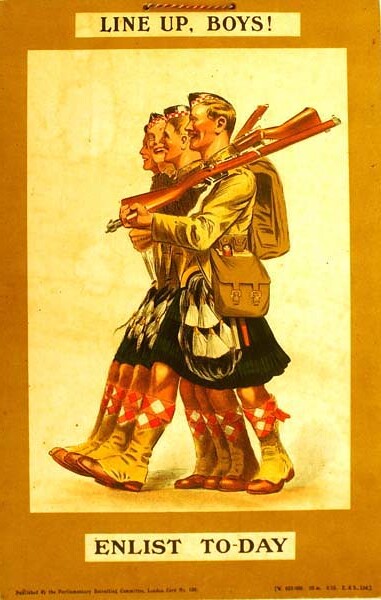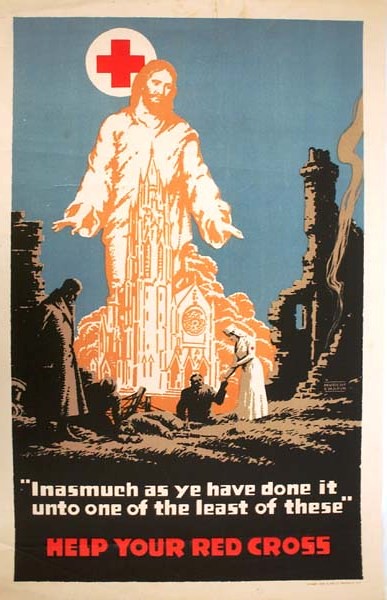Nothing Worse than War-Crossed Lovers
Submitted by Jennie Stockle on Thu, 10/25/2018 - 00:13Hemingway’s characters exhibit post-traumatic stress in clear ways, in particular, his main characters Jake and Brett. One characteristic of PTSD are negative thoughts about yourself and others. Jake has negative thoughts about everyone, including himself. Hemingway writes, “she [Francis] might as well get what there was to get while there was still something available,” (The Sun Also Rises, 13). Jake has extremely negative thoughts about all the women in the book. The undulating tension of Jake’s feelings about Brett does not contribute to a positivity overall towards women. The relationship between Jake and Brett is too fraught with emotional tension and angst.
Lady Brett Ashley’s character has difficulty in maintaining close relationships and is often hopeless about the future. Hemingway writes, “I don’t want to go through that hell again,” (The Sun Also Rises, 34). Here she is telling Jake that she can’t go through another truly intimate relationship with a wounded soldier like the one she had with her husband. She loves him, has to see him, but can never be a functioning part of his life as a result of the trauma she experienced from her previous relationship.
Hemingway expresses how all the characters experience emotions similar to those felt during the war for all his characters. He writes, “it was like certain dinners I remember from the war. There was much wine, an ignored tension, and a feeling of things coming that you could not prevent happening,” (The Sun Also Rises, 151). Hemingway conveys the shared feeling between the characters by drawing on the memories of “certain dinners” and “ignored tension”. Dinners and tensions are experiences that must be shared by more than one person. In this way, Hemingway establishes that the feelings Jake has are felt by all the characters. They are all reliving the WWI. They all have PTSD.





